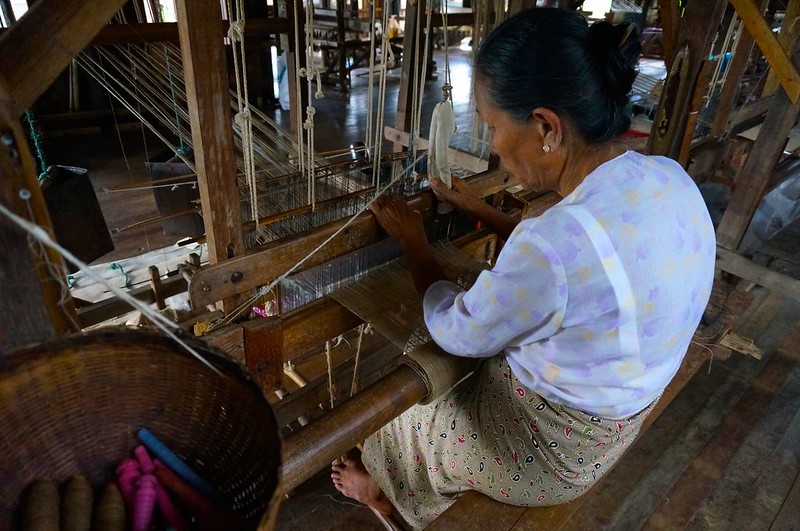 Known as the Golden Land, Myanmar is a vibrant country that is home to 135 different racial groups. The country is actively taking action to bridge the notable skills gap in its workforce. This challenge has led to underqualified citizens in the market. To prevent this issue from getting worse, vocational education centers are being developed in Myanmar, expanding access to training for all Myanmarese citizens.
Known as the Golden Land, Myanmar is a vibrant country that is home to 135 different racial groups. The country is actively taking action to bridge the notable skills gap in its workforce. This challenge has led to underqualified citizens in the market. To prevent this issue from getting worse, vocational education centers are being developed in Myanmar, expanding access to training for all Myanmarese citizens.
Vocational Education Centers in Myanmar
The Swiss nongovernmental organization (NGO), Helvetas, partners with organizations in Yangon, Myanmar, to provide medical and humanitarian aid to disadvantaged families. It works to improve family incomes and expand education opportunities. Helvetas shares deep connections with the United States (U.S.) to strengthen networking.
In 2024, 295 implemented projects granted 4.9 million citizens a sustainable life. These projects consisted of skills training, trade marketing, farming and fishing. Some vocational education centers were developed digitally to ensure education access, especially during the COVID-19 Pandemic.
Recent annual tracer studies show that 80% of graduates are employed or self-employed. Helvetas provided digital learning courses that consist of small animations and training videos to meet people’s needs. Women, more specifically, enroll in these courses as they offer more flexibility. These courses monitor people’s progress and make interactions more motivating.
Government Efforts Through DTVET
The Department of Technical and Vocational Education and Training (DTVET) has led impactful initiatives that have benefited the Myanmar population. It has provided socio-economic advancement opportunities to help workers develop their skills. It seeks to reform international TVET proficiency in methodology and government tech practices. The department aims to link vocational training in high schools and universities to prioritize operational and business needs. Its focus on formal education nurtures a child’s growth and knowledge. Its main objective is to expand education accessibility and support employment opportunities and capital income.
CVT’s Role in Advancing Leadership
The Center for Vocational Training (CVT) opened in 2002, providing access to high-quality education. This education has included various apprenticeships and collaborations with local institutions. Both Germany and Switzerland made efforts to foster the center. The CVT has galvanized approximately 1,502 graduates who earned their diplomas or dual apprenticeship diplomas within one to three years.
Additionally, around 1,164 individuals received short vocational training certificates and 1,068 postgraduates also earned their certificates. Many of these students went on to achieve leadership roles in industry. The CVT inspired the creation of nonprofit social enterprises that focus on advocacy, food security and empowerment. This, in turn, has influenced the Directorate of Investment and Company Administration to build a provincial expert team.
Looking Ahead
Myanmar is actively forging a brighter future, focusing on industrialization and instilling hope and optimism in its people. Through impactful initiatives like vocational centers, many students, including adults, are becoming capable leaders within the nation. With the support of digital vocational training from Helvetas and the integration of education classes in schools, Myanmar is laying a foundation for progress. Ultimately, these strategic goals could guide Myanmar toward a balanced and prosperous future.
– Janae Bayford
Janae is based in Centennial, CO, USA and focuses on Good News and Technology for The Borgen Project.
Photo: Flickr
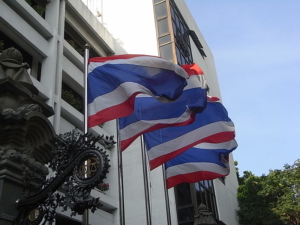 On March 28, 2025, a
On March 28, 2025, a 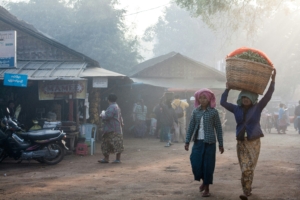 Displaced persons seeking refuge in Thailand following
Displaced persons seeking refuge in Thailand following 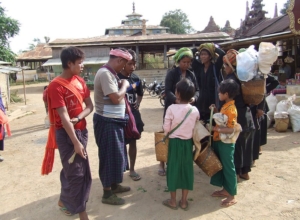
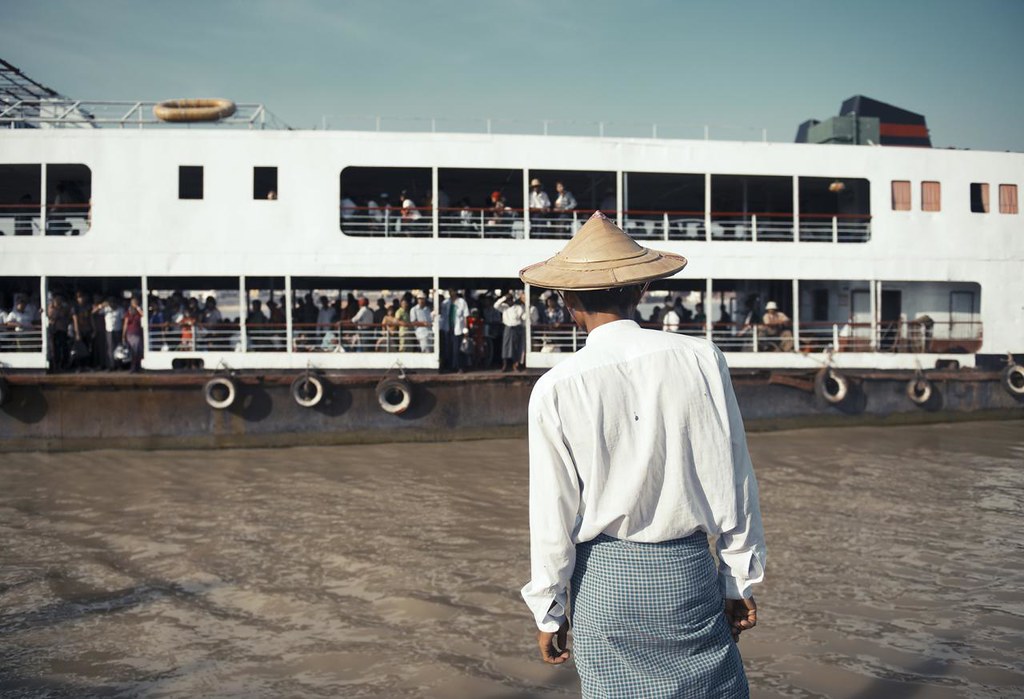

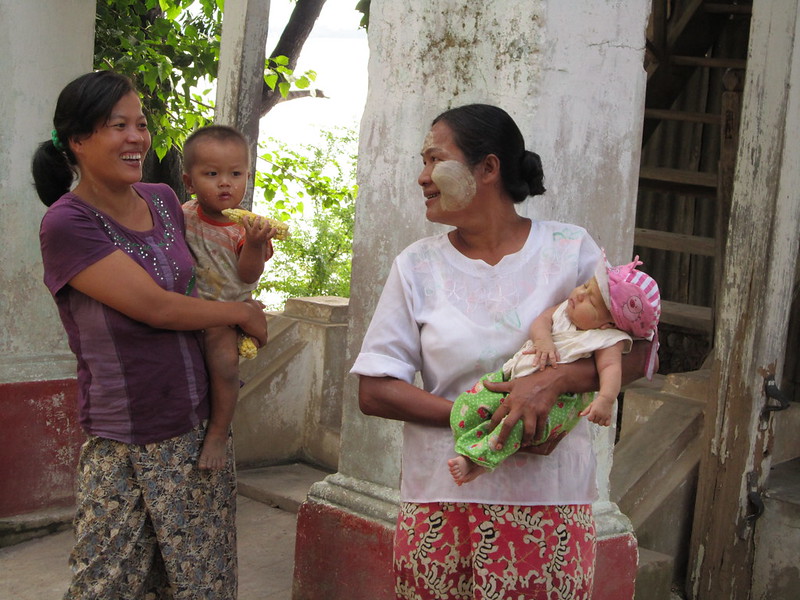 Since gaining
Since gaining 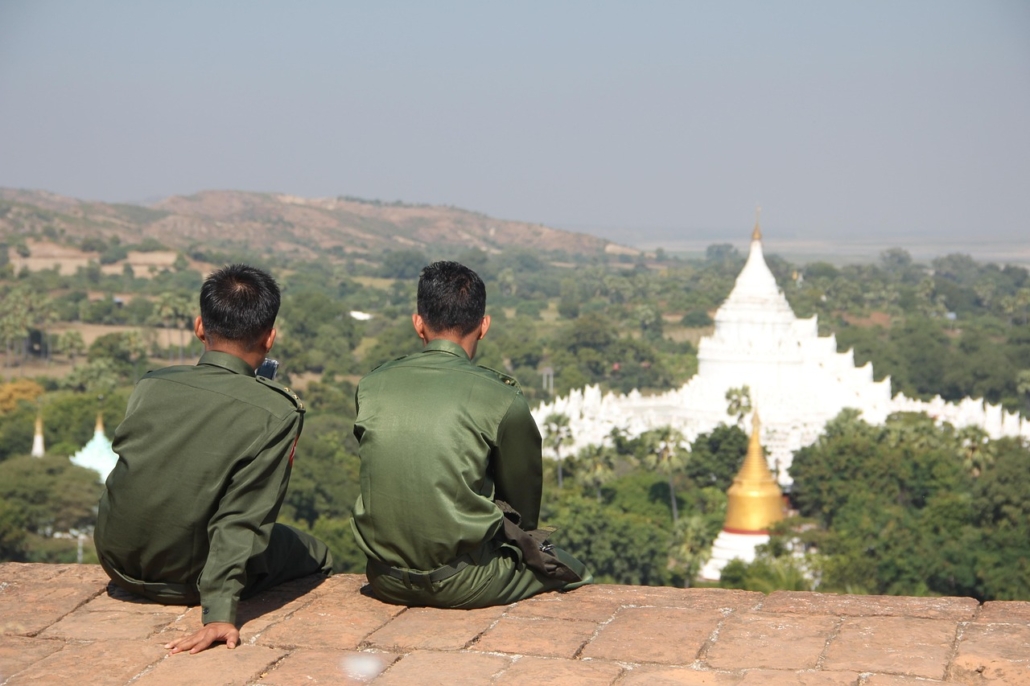
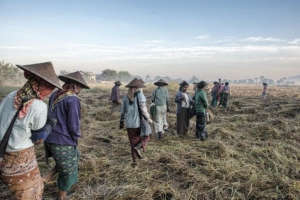
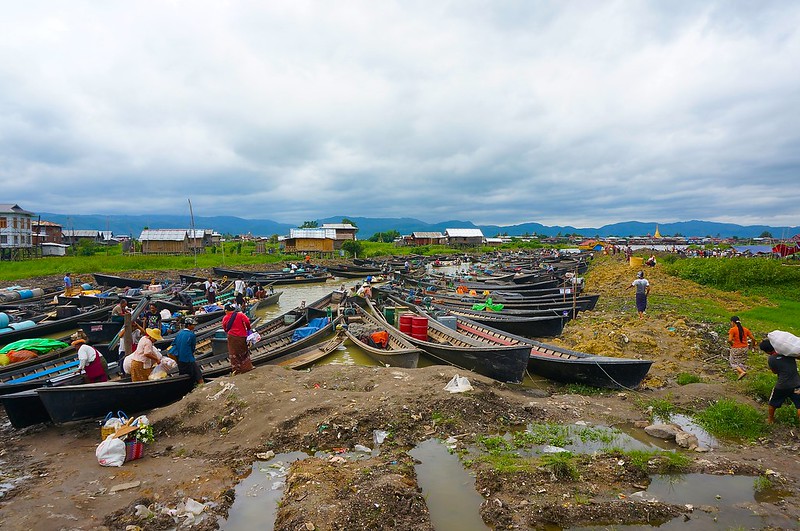 Since
Since 